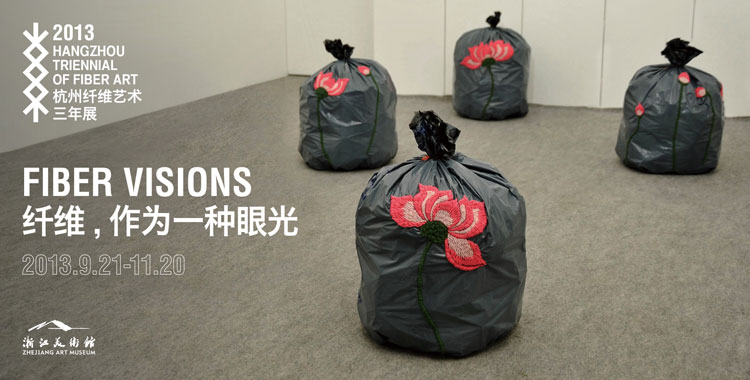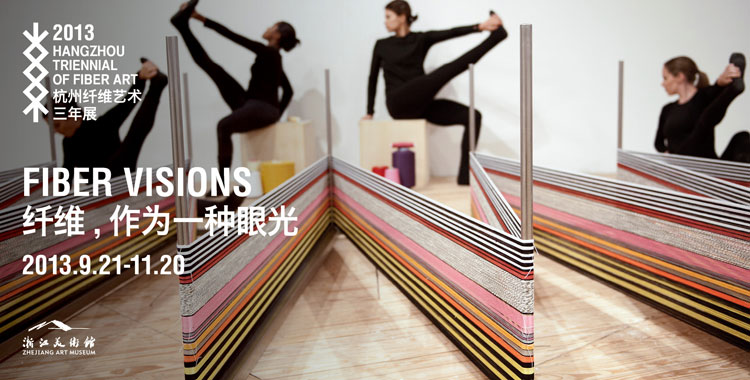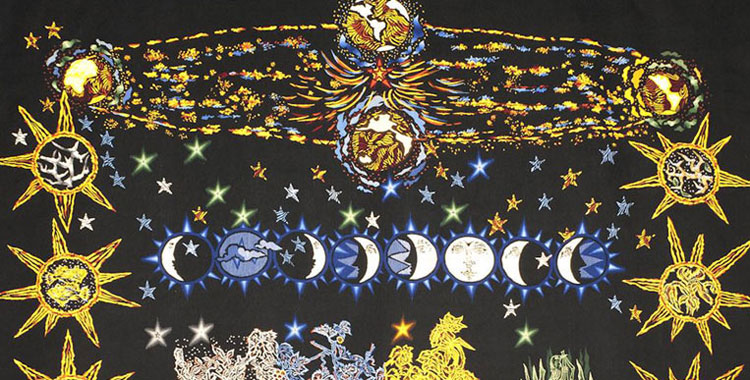Cecile le Talec
Cécile LE TALEC
Born 1962 in Paris lives and works in Paris and Mery sur Cher (région Centre)
1994 Fonds Régional e d’Art Contemporain de Bretagne, Rennes, France
1996 Laboratoire du CRMD, CNRS Orléans. DRAC Centre et Centre-sciences.
1997 Musée A. Rimbaud et Musée de l’Ardenne, Charleville-Mézières.
2001 Centre d’Art Contemporain, Passages, Troyes.
2003 Galerie Yvonamor Palix, Paris.
2005 Casa de Francia - Ambassade de France du Mexique , Mexico.
2005 ARCO Madrid, Espagne – Galerie Yvonamor Palix.
2006 St Sulpice Centre d’art contemporain, St Exupery, Reims
2007 Centre Culturel Français, Ambassade de France en Chine, Pékin.
2008 Centre d’art V.Hugo, Ploufragan; Musée de l’objet collection d’art contemporain, Blois.
2009 FRAC Alsace, Collections-Strasbourg
2010 Château de Sedan – Transtopie. Parcours Saint Germain by Eskandar, Cité de la mode et du Design, FIAC off, Paris. School Gallery
2011 GRAND PRIX DE LA CITÉ INTERNATIONALE DE LA TAPISSERIE D’AUBUSSON réalisation d’une tapisserie sonore «PANORAMIQUE POLYPHONIQUE» 1er prix.
2012 Augen und Hören, festival des arts sonores, Strasbourg; Château de St Ouen, St Ouen (Seine St Denis)
2013 Jardin Botanique de Bordeaux, CPUA - Mathieu Mercier
Panoramique Polyphonique
The tapestry present a spectrographic sound landscape realized from the song of the birds. It is woven on two sides (recto and verso) with blacks, greys, whites wools and is suspended on a circular metallic structure. This artwork is a sound installation.
The «panoramique polyphonique» is an architectural and sound installation, build to make an experimentation of sound and color immersion.
As an artwork it refers to the «diorama» and to the «panorama» and also to photography and cinema. The tapestry then is like a space to listen and to "see” sounds staying out of the world.
The landscape that we can see is a numeric «picture» obtained from analysis of the song of the birds that we can find in many historical tapestries. The birds represent the paradise. They are the pictures of a celeste world. They are the representation of the musical world. The birds speak all the languages; they don’t need translation because they speak the same language. The bird’s voice seems to be a universal song.
The tapestry present two sides: one diurnal / outside and the other: night / inside. The tapestry is visible on the two sides to make the experience of the reverse of the picture.
When we are inside, we can listen the sounds (song of the birds and whistling speech) we can see the blue of the night and outside we can’t see entirely the picture because we need to make a circular course around the tapestry.
This tapestry proposes to make spatials, visuals and musicals experiences.

















































